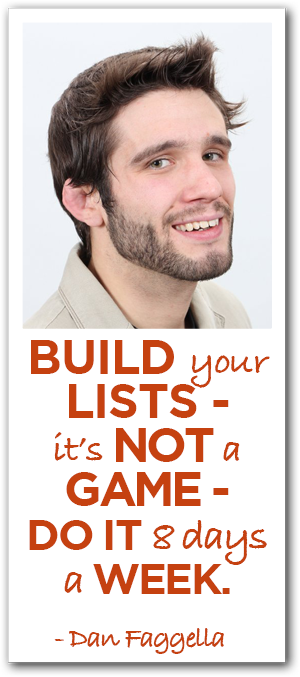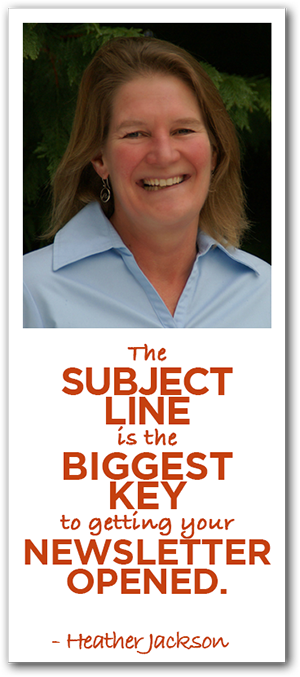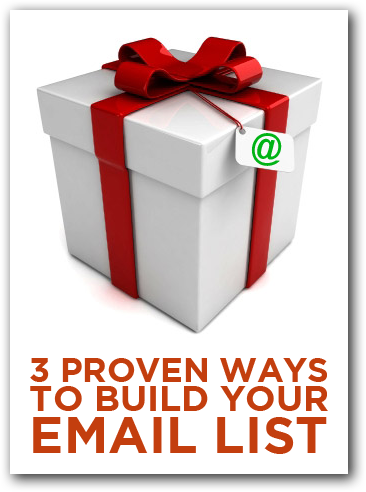 Businesses have been told time and again that they need to build their lists. But once you get those names, what do you do with them to turn them into lifelong customers?
Businesses have been told time and again that they need to build their lists. But once you get those names, what do you do with them to turn them into lifelong customers?
Using the right tools and tactics, such as segmenting your audience and maintaining constant contact with your leads and prospects, will ensure that your business sees a higher return on their email marketing as well as guarantee improvement in core business metrics.
Dan Fagella started as a jiu jitsu champion and turned that into an extremely profitable online martial arts business. He now runs an email marketing agency, CLV Boost, where he teaches other business owners and aspiring entrepreneurs the power of targeted email marketing automation to help drive business metrics and boost their businesses to the next level.
Podcast: Play in new window | Download
Subscribe: RSS
Keep reading!
